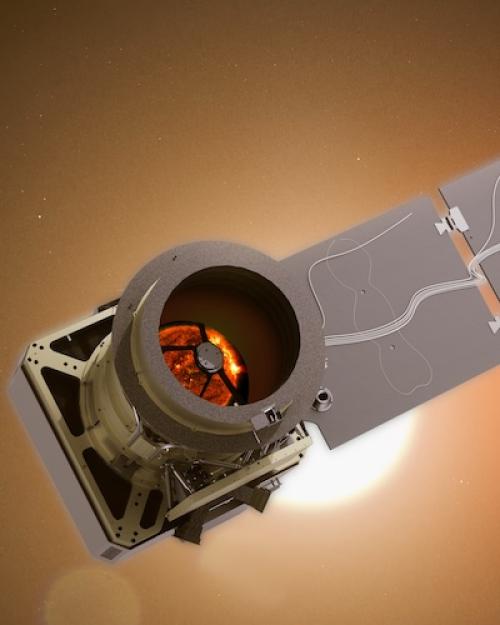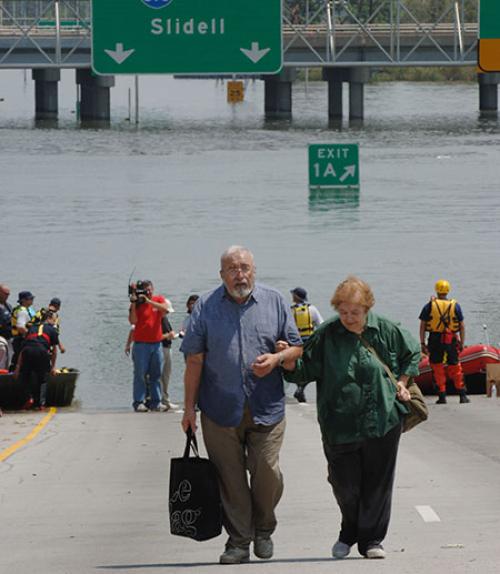This is an episode from the “What Makes Us Human?” podcast's fifth season, "What Do We Know about Inequality?" from Cornell University’s College of Arts & Sciences, showcasing the newest thinking from across the disciplines about inequality. Featuring audio essays written and recorded by Cornell faculty, the series releases a new episode each Thursday through the fall semester.
I am currently researching climate refugees; that is, people who are displaced by the effects of climate change.
We know that increased global temperatures are already having catastrophic consequences. Rising global temperatures are intensifying extreme weather events, disrupting agricultural production, bringing economic and political upheaval and forcing millions of people around teh world to migrate in order to survive.
Today, environmental disasters displace more people than political conflict and war. Climate change is a threat multiplier: it increases the likelihood of sectarian violence, political conflict, mass migration, malnutrition and starvation, disease and human trafficking. It also deepens global inequality. Over the past fifty years, we have seen reductions in poverty worldwide. But if climate change continues at its current pace, it will throw tens of millions of people into poverty again.
But how exactly does climate change intensify inequality? Research shows that agricultural economies in developing countries are the most vulnerable to extreme weather, since environmental disasters are often devastating for farmers. Women and children are especially vulnerable in times of food charge. Over 99 percent of deaths attributed to climate change have occurred in developing countries, and children have made up over 80 percent of those deaths.
Industrialized nations like the United States have more economic resources to mitigate the effects of natural and manmade disasters. They also have more economic resources to help their populations adjust to the realities of climate change. But even here, inattention to inequality matters. In wealthy nations, the most vulnerable populations—the poor, the elderly, communities of color, and indigenous peoples—are at the frontlines of the developing climate crisis and at the mercy of uncaring legislators and city planners. The first “climate refugees” in the United States have been indigenous populations in Louisiana and Alaska leaving their ancestral homes because of climate change threats, trying to guarantee the survival of their peoples and their cultures.
Those who suffer most after hurricanes are those who are most disadvantaged beforehand. When Hurricane Katrina struck the Gulf Coast region in 2005 for example, more than half of the people who died were over the age of 74. When the levees broke in New Orleans, eighty percent of the neighborhoods that flooded were low-income communities of color.
Superfund sites are often located in vulnerable communities, putting them at disproportionate risk of hazardous toxic chemicals that can seep into the floodwaters and soil when storms pass through. After Hurricane Harvey hit Texas in 2017, more than half of the polluted Superfund sites that flooded were located in the city’s poorest areas.
Two years after the devastation of Hurricane Maria, low-income communities in the Virgin Islands and Puerto Rico continue to struggle to find decent housing, healthcare, and jobs. These are the people who feel the greatest pressures to migrate to the continental United States.
Estimates of the numbers who will be displaced by climate change over the next thirty years range from 200 million to one billion people. It’s impossible to forecast with any accuracy, however, because so much depends on how we respond to the crisis. In other words, climate change is not just a problem for scientists or inventors to solve. We need to muster the political will to protect our most vulnerable people.




